The deputy commissioner (DC) of Dinajpur has ordered to stop the reconstruction of a mosque on the endowment land of the historic Kantajew Temple in the district`s Kaharol Upazila amid tension among locals.
Visiting the site at the upazila’s Kanta Nagar village on Sunday morning, DC Shakil Ahmed asked the mosque management committee to put the reconstruction on hold until the matter was settled.
Later in the day, DC Shakil, also the trustee of the Raj Debottor (endowment) Estate, at a press briefing in his office said that since the land belongs to the Debottor Estate, permission is a must before any kind of construction there.
On March 1, newly elected Dinajpur-1 lawmaker Zakaria Zaka laid the foundation plaque for the mosque on the land of the iconic religious structure. The construction began the very next day, stirring much controversy.
Ranjit Kumar Singh, an agent of the estate, filed a complaint to the DC on March 13, reporting the mosque being reconstructed at the Kanta Nagar Mouja on land owned by Maharaja Jagadish Nath Roy.
Soon after getting the complaint, the upazila nirbahi officer (UNO) was ordered to take measures to stop the construction and submit a report, the DC said.
During his visit to the disputed land, DC Shakil talked to the mosque committee. After that, he also sat with the estate’s office-bearers.
“So, the decision to halt the construction works was taken after holding talks with both parties,” DC Shakil said, warning that stricter legal measures will be taken if anybody tries to create trouble over the situation.
The DC at the briefing insisted on maintaining communal harmony in the area.
According to locals, a mosque was established on a portion of the land back in 1950 after the Muslim population increased in the district.
In 1976, the then DC leased out that portion to the Muslims to build a makeshift mosque there.
However, a 1999 High Court ruling said Deoattor land belongs only to the Deity.
In this regard, DC Shakil said the validity of the lease documents is now being verified by a team led by the UNO.
The terracotta Kantajew Temple dates back to the 18th century. It not only globally represents Bangladesh but also is a UNESCO-listed site in the Indian subcontinent.
It is the most visited religious site for the country`s Hindu community and is frequented by devotees from other countries as well.




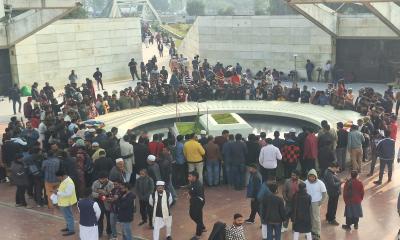
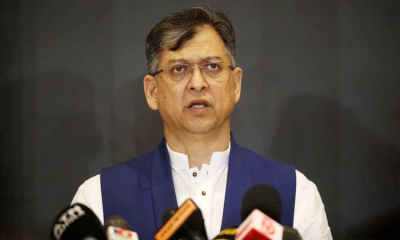
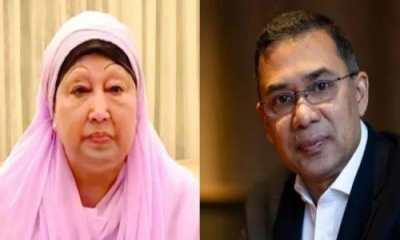

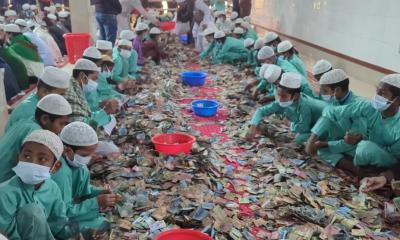
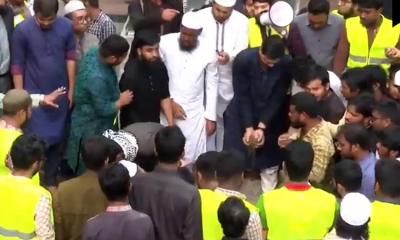
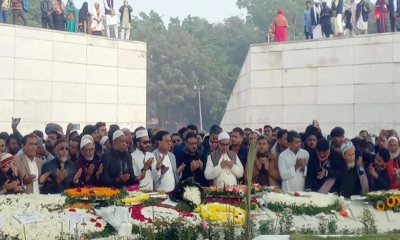
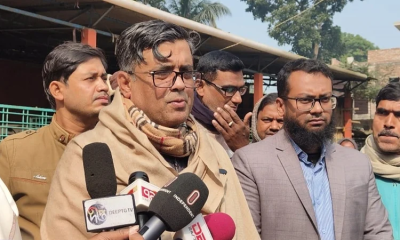
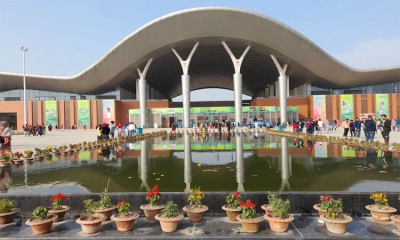
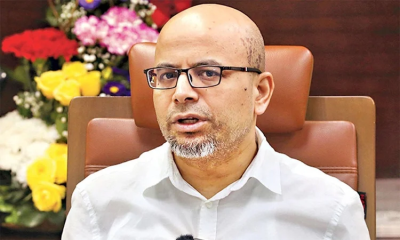

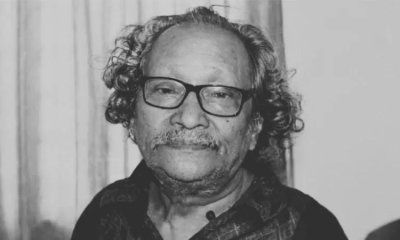
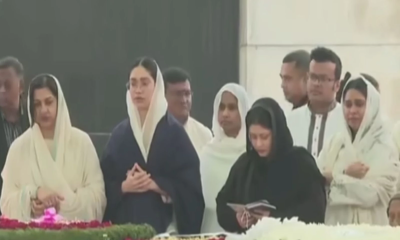
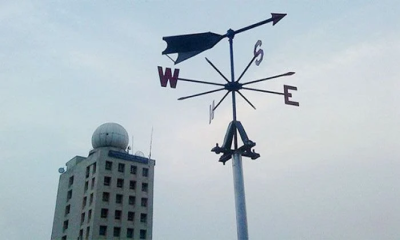
-(2)-20260102070806.jpeg)

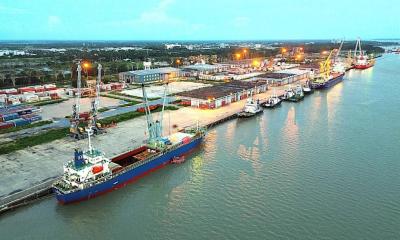
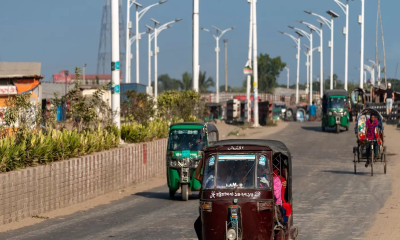
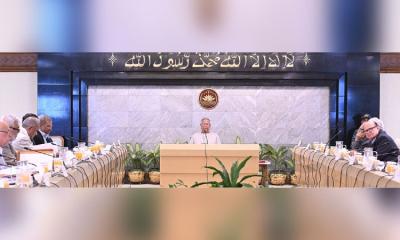
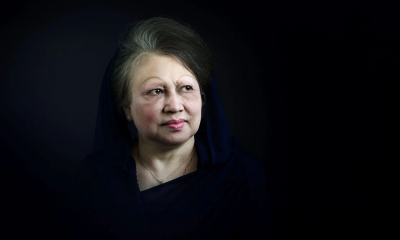
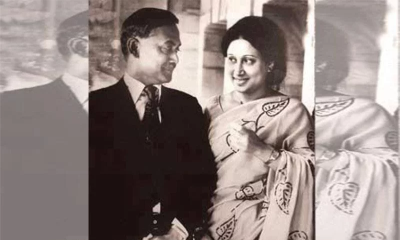
-20251227141313.jpeg)


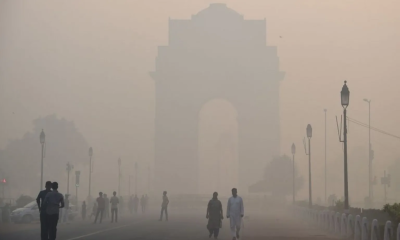

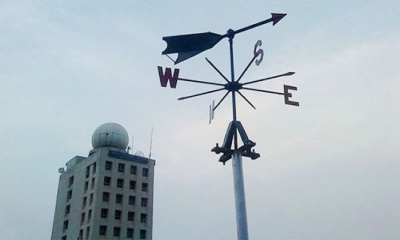

-20251229113834.jpg)


-20251228081840.jpeg)
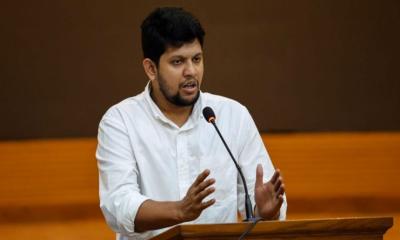
-20251228081915.jpg)